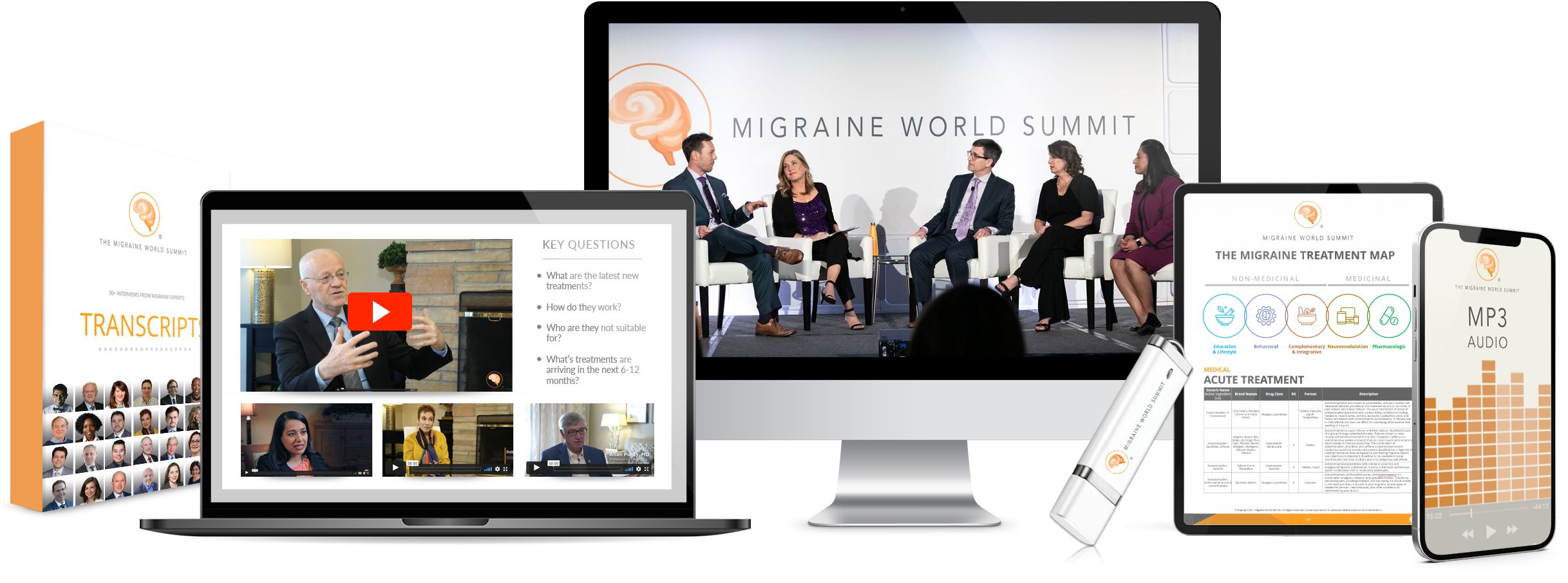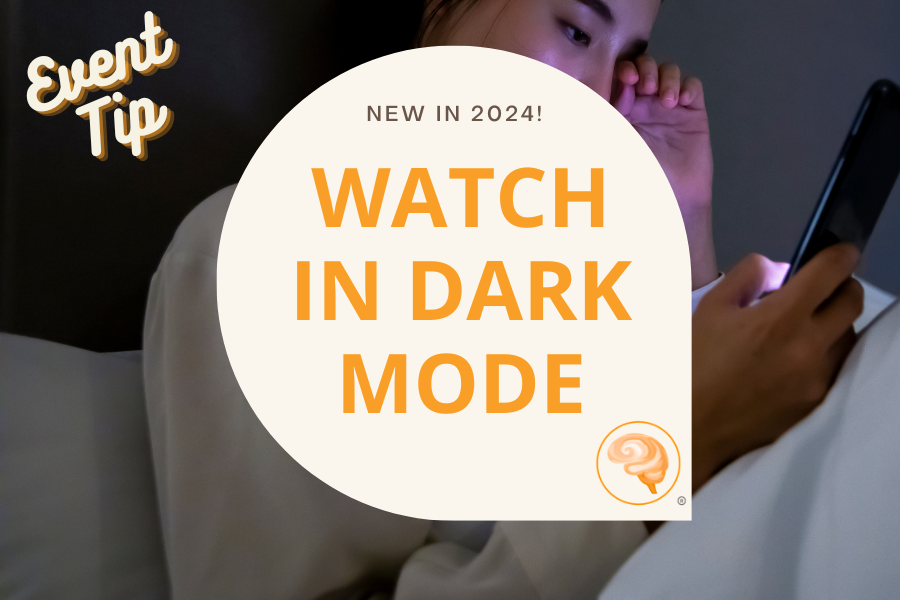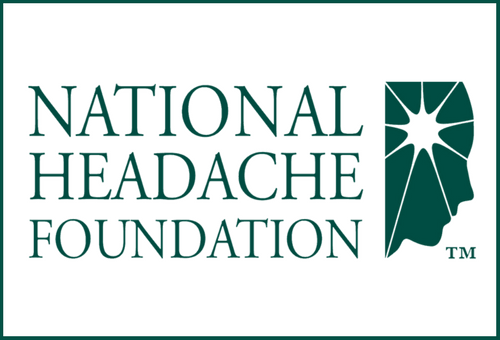Beginner’s Guide to Headache Types
You are currently watching a preview of this interview. Unlock the full version by upgrading to an Access Pass bundle! Get FREE access to 8 expert interviews from Day 1 and Day 2 when you register today!
Key Questions
- What is the difference between primary and secondary headache disorders?
- What proportion of headache conditions are primary headache disorders?
- Which primary headache types are the most prevalent?
- How is a treatment plan affected by the diagnosis of primary vs. secondary headache?
- How are migraine, tension-type headache, and cluster headache differentiated from each other? What diagnostic tests are used to distinguish one from another?
- What are some secondary headache types and their main signs and symptoms?
- How critical are proper diagnoses in headache disorders and which healthcare professionals can make these diagnoses?
- When should a patient seek a second opinion or specialized care for their headache disorder?
Interview Notes
- International Classification of Headache Disorders Third Edition (ICHD-3)
- X (Twitter): @CSWhiteMD
- Other social media platforms: @CSWhiteMD
Treatments Mentioned
- Neuromodulation devices
Please note: The Migraine World Summit’s aim is to bring you a variety of perspectives and expertise, independent of bias or judgment. Alternative theories presented in this video have not been medically reviewed. Views expressed in this interview do not necessarily represent the views of the Migraine World Summit. Please always consult your health care professional and do your own research before making changes to your treatment plan.

Courtney Seebadri-White, MD
Assistant Professor
Thomas Jefferson University
Courtney Seebadri-White, MD is a general neurologist in Philadelphia. She is currently an assistant professor of neurology at Sidney Kimmel Medical College at Thomas Jefferson University, and is also the associate director for the neurology clerkship. She received her medical degree at George Washington University in Washington, D.C., in 2016 and completed her residency in neurology and fellowship in headache medicine at Thomas Jefferson University Hospital in Philadelphia in 2020 and 2021, respectively.
Dr. Seebadri-White specializes in diagnosis and treatment of neurological disorders, including headache disorders, stroke, epilepsy, Parkinson’s disease, Alzheimer’s disease, and others. As a person with migraine, she understands the challenges in the journey to diagnosis and treatment of headache disorders and the need for increased awareness of and advocacy for these conditions. Dr. Seebadri-White loves teaching medical students, her patients, and the community in general.

Get all the 2025 interviews, videos, audio, transcripts, and more. Why upgrade?
- Can’t attend live? Watch anytime
- Prefer reading or listening? Get transcripts and audio
- Want to dive deeper? Explore the additional footage & resources
- Need ongoing support? Reference expert advice year-round
- Lifetime access to 2025, no annual fee
Related Talks for: Day 1 (2024)
Controlling Chronic Migraine
Jessica Ailani, MD, FAHS, FAAN
Best Exercise Options for People With Migraine
Elizabeth (Betsy) Seng, PhD
Neurological Research Priorities
Walter Koroshetz, MD
Over the past 50 years, our mission at the National Headache Foundation has been to further awareness of headache and migraine as legitimate neurobiological diseases. Much has changed during this time. With aid from advanced technology and clinical innovation, there are more treatment options than ever before. However, we understand that these diseases are still largely misunderstood and that finding the right treatment options for you requires insight.
Lundbeck is a global pharmaceutical company focused exclusively on transformative treatments in neuroscience for people with high unmet need. Every day, we strive for improved treatment and a better life for people living with brain disease. We are committed to supporting the migraine community and helping to eliminate barriers that prevent people from being their best.

New in 2024! If you're light-sensitive or just want a more comfortable viewing experience on our site, the Summit is now available in Dark Mode! Just click the orange button in the lower left corner of your screen. Ahhh -- isn't that better?







